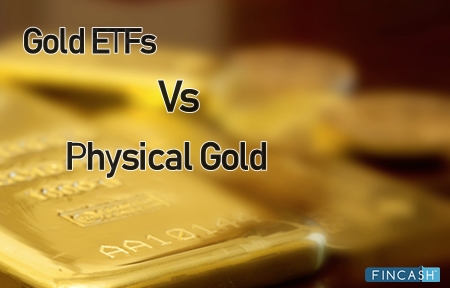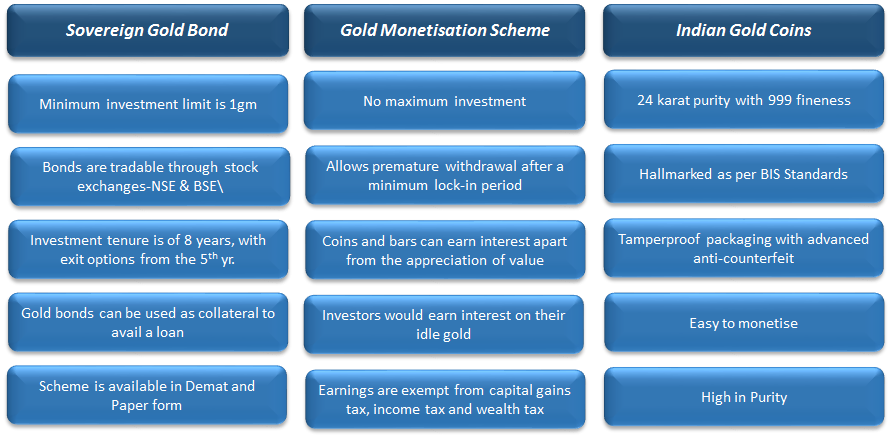
Table of Contents
What is White Gold?
White gold is an alloy made by fusing gold alloy with long-lasting white metals like silver, nickel, and palladium. These metals give strength and a brighter hue colour to gold. The ratio of alloy to gold in a combination determines the karat or purity of the gold.

Although 24-karat gold is considered pure, it is also delicate and easily broken, making it unsuitable for regular use. This is why gold is alloyed to increase its durability. 18-karat white gold, on the other hand, is a traditional metal with a high purity level within the gold world. Moreover, it comprises 75% gold and just 25% alloys, giving it a high value. Furthermore, 14-karat white gold comprises 58.3% gold and 41.7% pure alloys; it lasts longer.
What is White Gold Made of?
White gold is made out of a mixture of pure gold and additional metals known as alloys, which assist in reinforcing the product while also giving it a white look. White gold's purity and authenticity are determined by karats, just as they are for yellow gold.
It was developed as an inexpensive alternative to platinum. A rhodium coating, which is a silver or whitish metal, adds lustre. It's also stamped with a hallmark, much like yellow gold. The hallmark imprinted on it is a reliable indicator of its purity.
Other metals include:
- Nickel
- Palladium
- Platinum
- Manganese
- Copper
- Zinc
- Silver
Gold-palladium-silver alloys and gold-nickel-copper-zinc alloys are two popular combinations.
Talk to our investment specialist
Use of White Gold
Pliable, soft gold-palladium alloys are ideal for white gold gemstone settings and are occasionally combined with other metals such as platinum, silver, or copper for added durability and weight. White gold is commonly used in jewellery. Necklaces, earrings, rings, and belts are among the items that fall under this category.
White Gold vs Platinum
The composition and pricing are the two major differences between platinum and white gold. Here is the complete list of differences between the two:
| Basis | White Gold | Platinum |
|---|---|---|
| Meaning | White gold comprises long-lasting elements such as nickel, zinc, and copper | Platinum is a naturally white metal. Almost all platinum is composed of around 95% pure platinum and 5% pure alloys |
| Price | Less expensive than platinum | 40-50% more expensive than gold |
| Durability | It is plated with Rhodium which gives a bright white sheen and increases durability | Platinum has a longer life span and requires less repolishing |
| Maintenance | To keep its colour and brilliance, it must be dipped every few years | It has to be repolished and replated more regularly than gold |
| Composition | It is created mostly of gold with a combination of durable metals. Gold is 75% pure in 18 Karat, and 58.3% pure in 14 Karat | It is purer, containing between 95% and 98% platinum and the rest of Rhodium and silver |
White Gold vs Silver
To make your selection easier, here is the list of differences between white gold and silver:
| Basis | White Gold | Silver |
|---|---|---|
| Meaning | White gold is made out of a combination of pure yellow gold and additional white metals that give it a beautiful white look akin to silver | Sterling silver is pure silver that has been combined with copper to create jewellery with a gleaming white appearance similar to that of white gold |
| Appearance | Rhodium plating gives it a brilliant mirror-like white sheen | It has a bright and gleaming finish |
| Cost-effective | High budget with fine quality material | A cost-effective and beautiful alternative |
| Durability | It's a harder, more durable finish that can hold more detailed features | It is softer than white gold and has the potential to alter shape over time |
| Price | Expensive, it's a high-quality, damage-resistant material, it's thought to be an investment | Comparatively less expensive |
| Maintenance | To keep it lustrous, it requires recoating with Rhodium every few years | To keep its shiny appearance tact, it requires frequent cleaning since it tarnishes quickly |
White Gold vs Yellow Gold
White and yellow gold have a lot in common, and they both work well with diamonds of almost any cut, clarity, and karat size. The main difference between white and yellow gold is the metal composition. The following are the differences between white gold and gold:
| Basis | White Gold | Yellow Gold |
|---|---|---|
| Compositio | Manganese, palladium, and nickel are used to make white gold seem white | It does not require any extra components to change its hue because pure gold has a yellow tinge |
| Colour | It appears more silver than gold with a white sheen | Yellow in colour |
| Durability | Slightly more durable than gold because of its composition | Due to its high gold content, slightly less durable |
| Maintenance | Requires less maintenance | Requires more maintenance to retain its shine |
| Cost | Less expensive | More expensive |
White Gold Price in India
White gold was created to replicate the properties of platinum as a valuable metal. Many people were charmed by the beauty and appeal of white gold jewellery when it was first introduced.
Gold is a popular investment and savings alternative in India and a key part of many Indian customs and ceremonies. In India, the white gold rate costs around Rs. 4,525 per gm. White gold complements diamonds and any other gemstone, improving the visual appeal of the jewellery.
The Bottom Line
White gold has been increasingly popular among those who prefer the look of silver over yellow gold throughout time. This precious metal's traditional tint is appropriate for various occasions and complements a variety of outfits.
When set in this tint, stones of various cuts and colours appear exquisite. It is, without a doubt, more durable than silver while also being less expensive than platinum.
All efforts have been made to ensure the information provided here is accurate. However, no guarantees are made regarding correctness of data. Please verify with scheme information document before making any investment.












